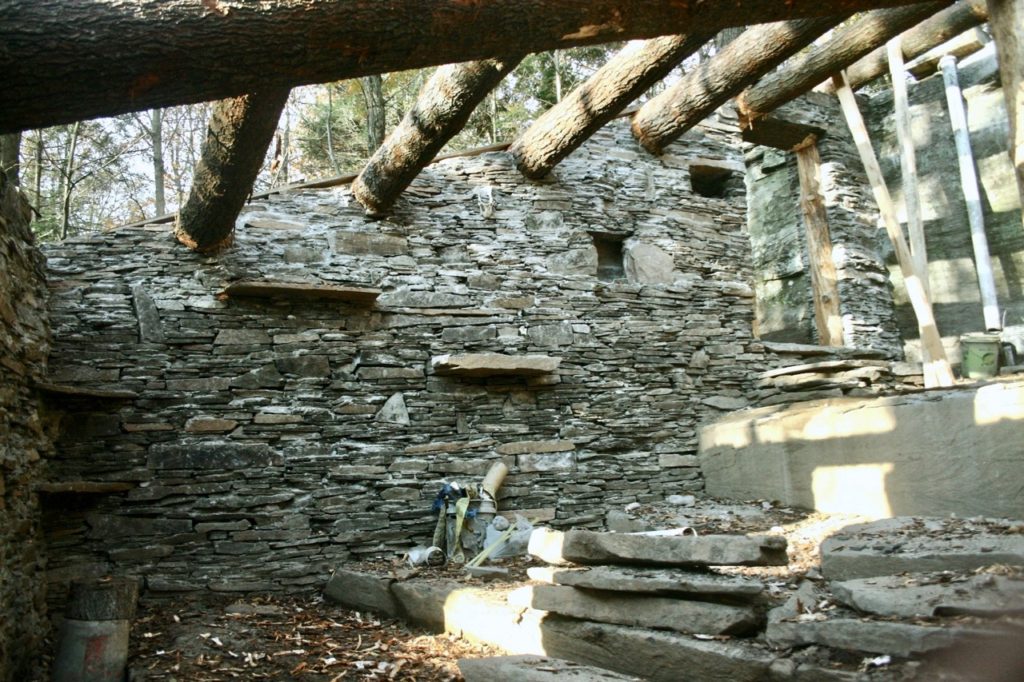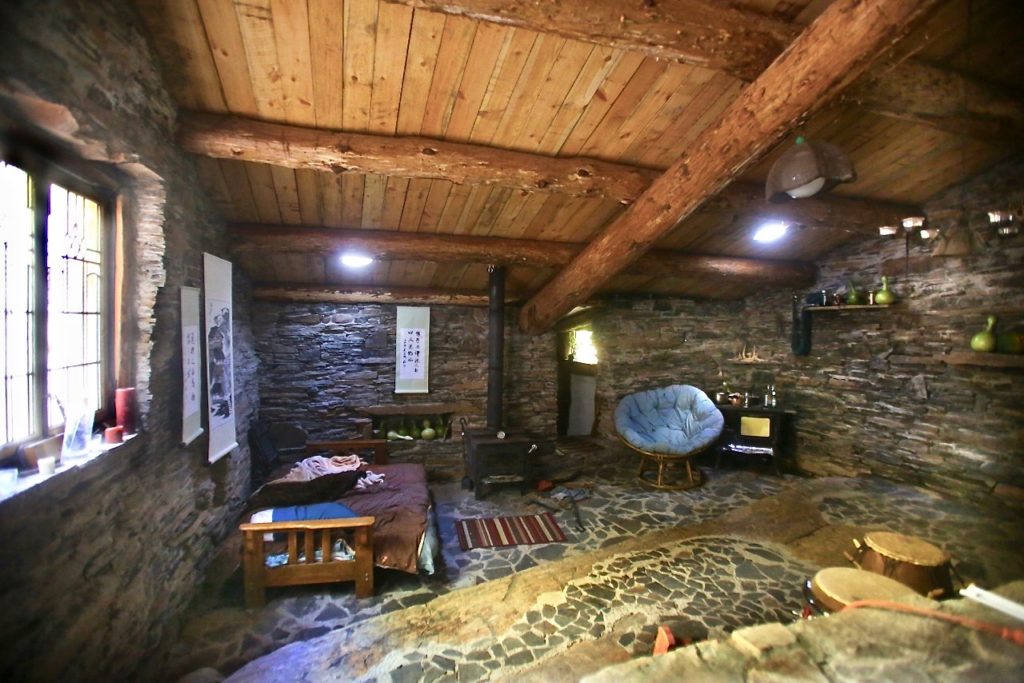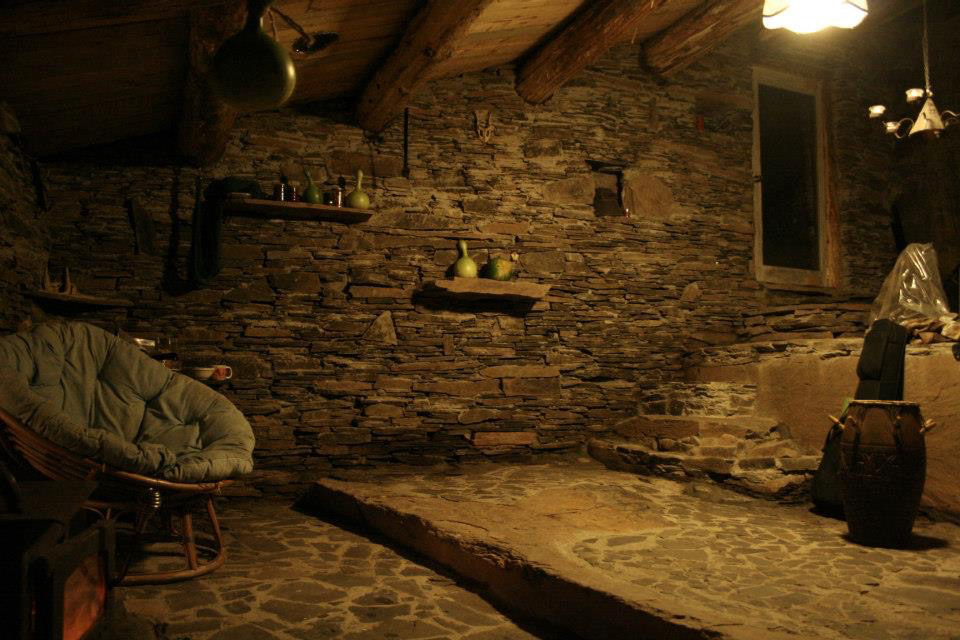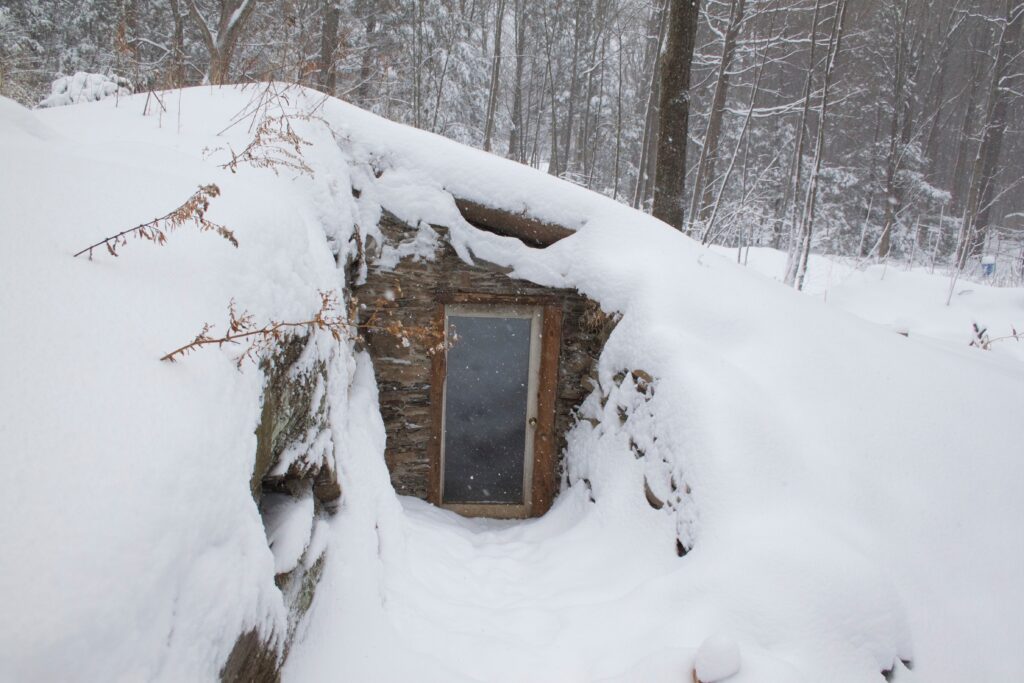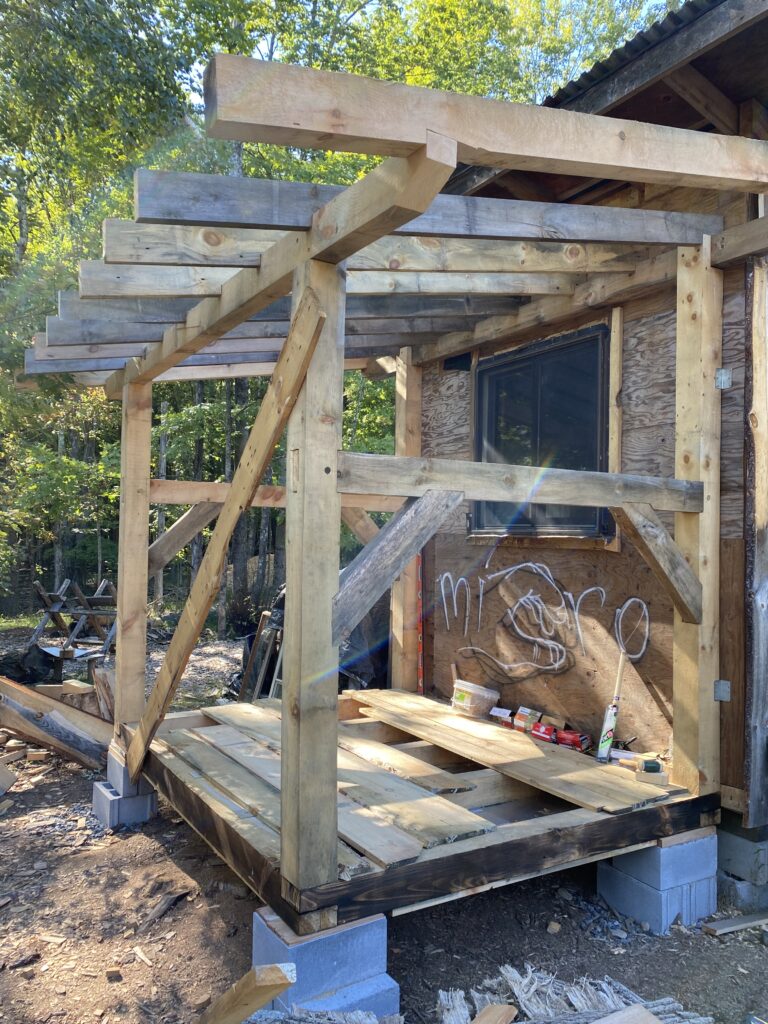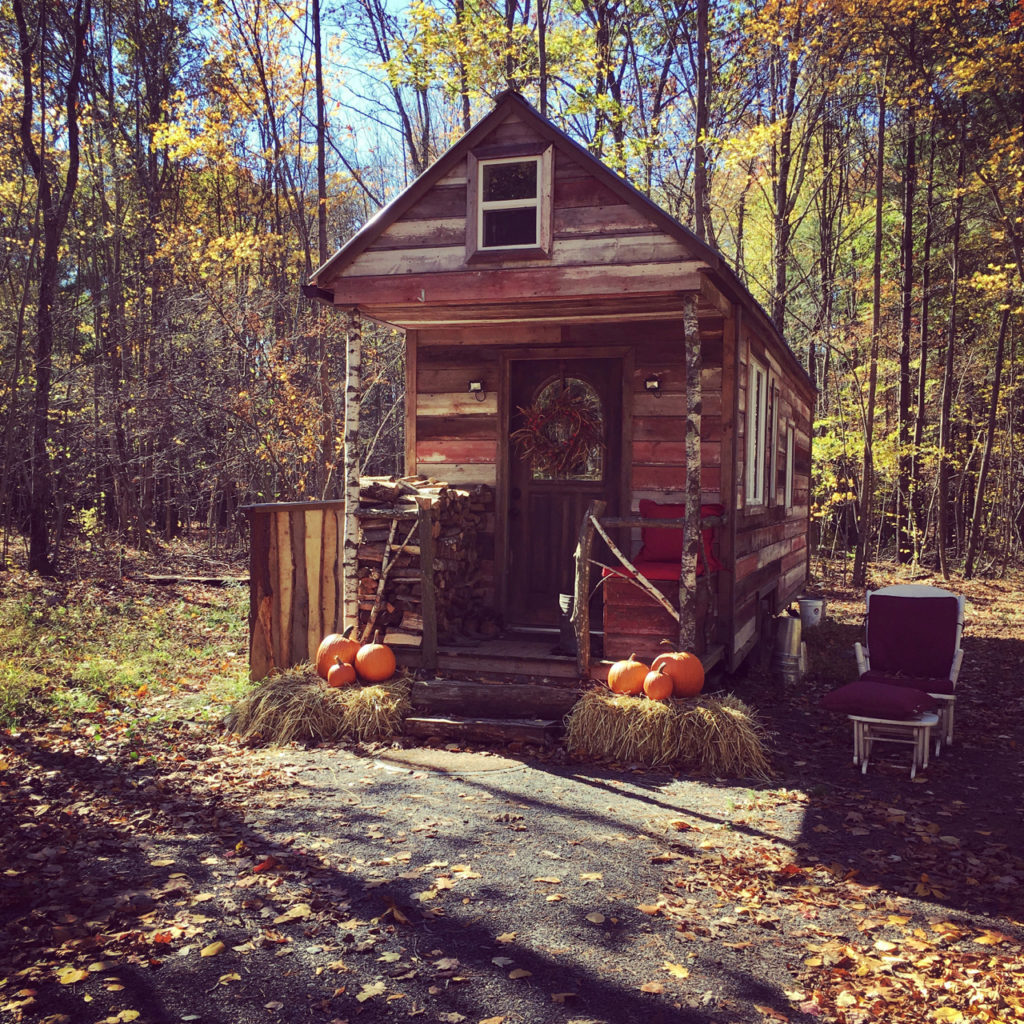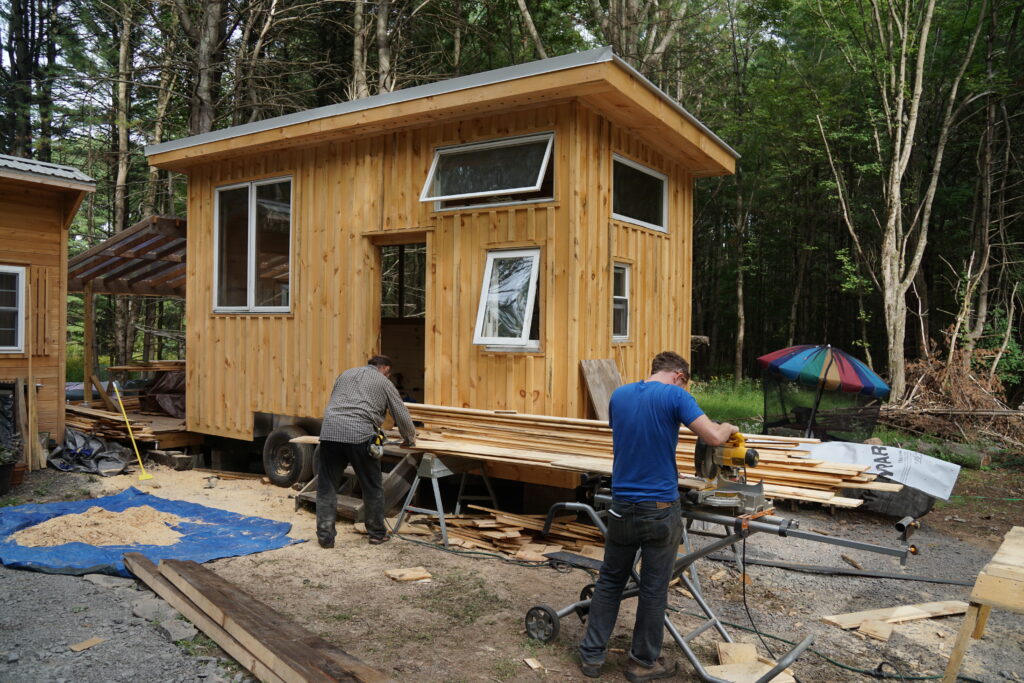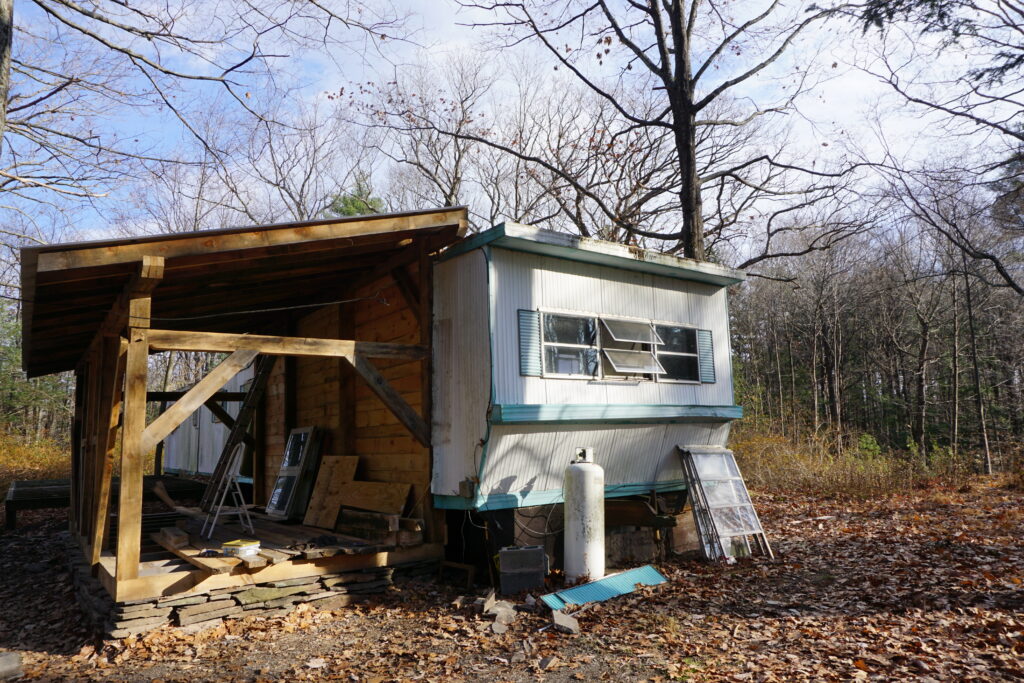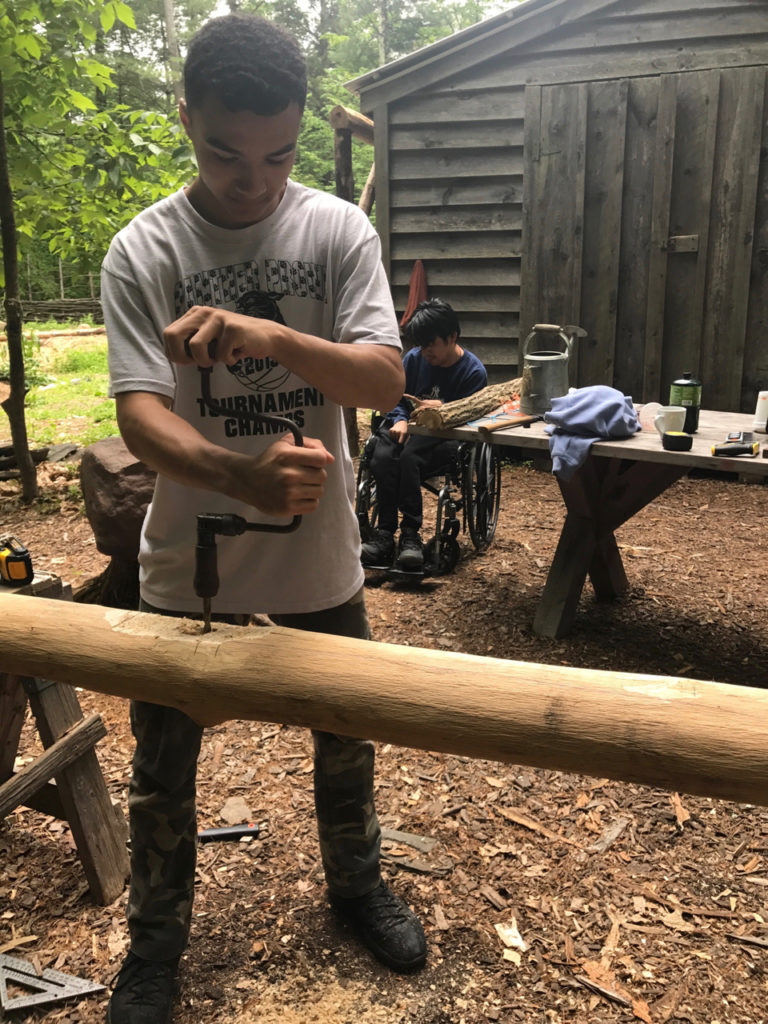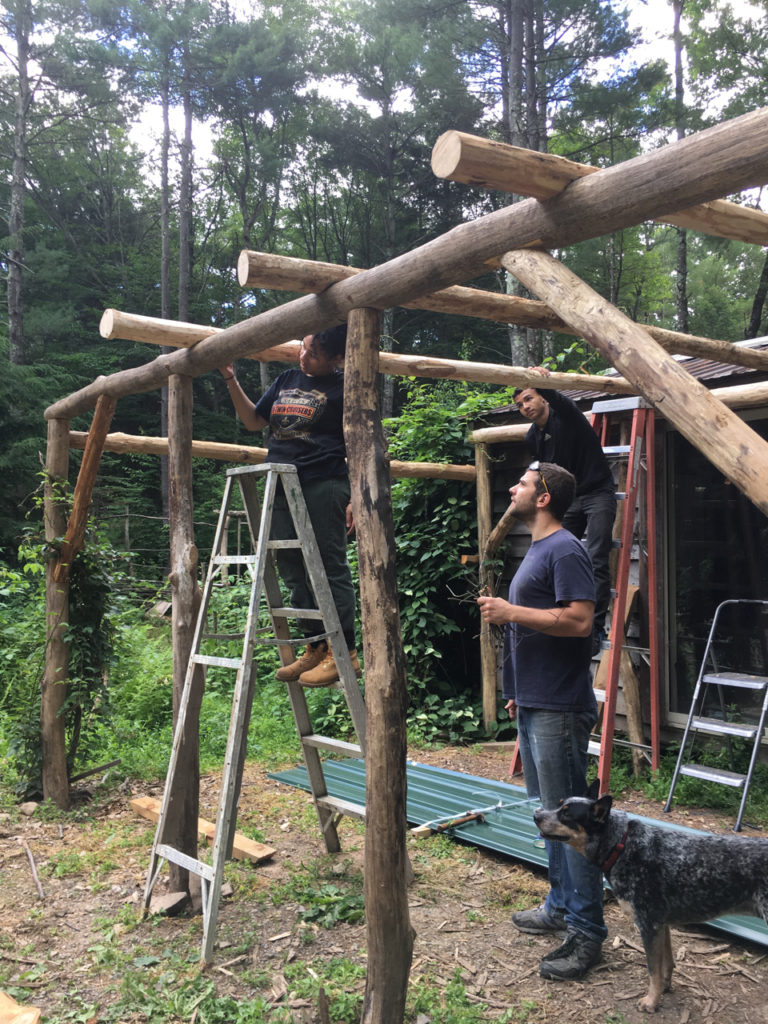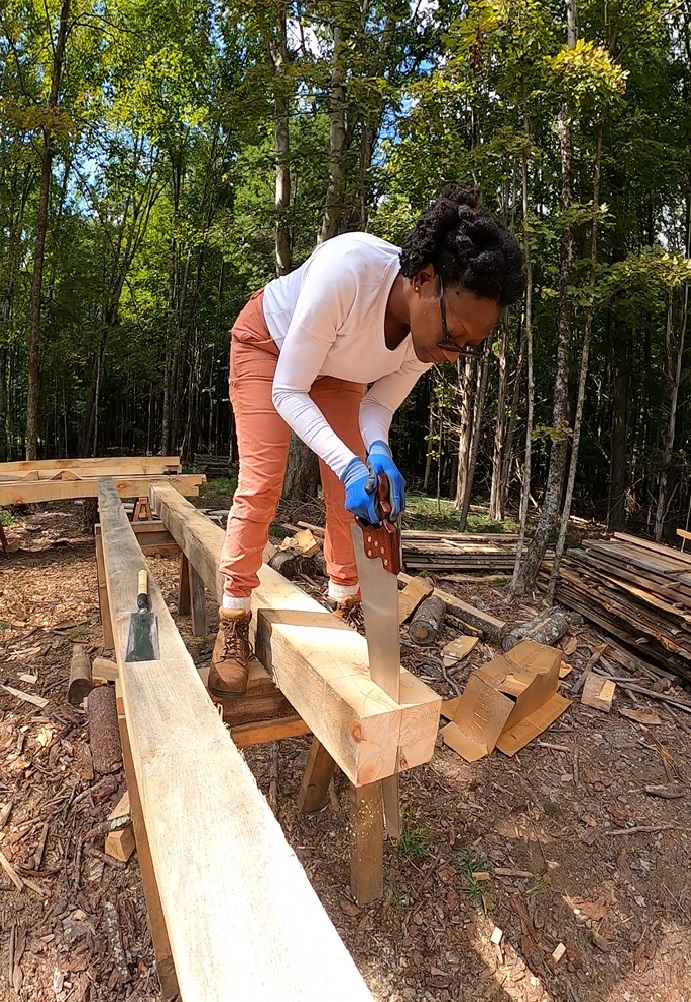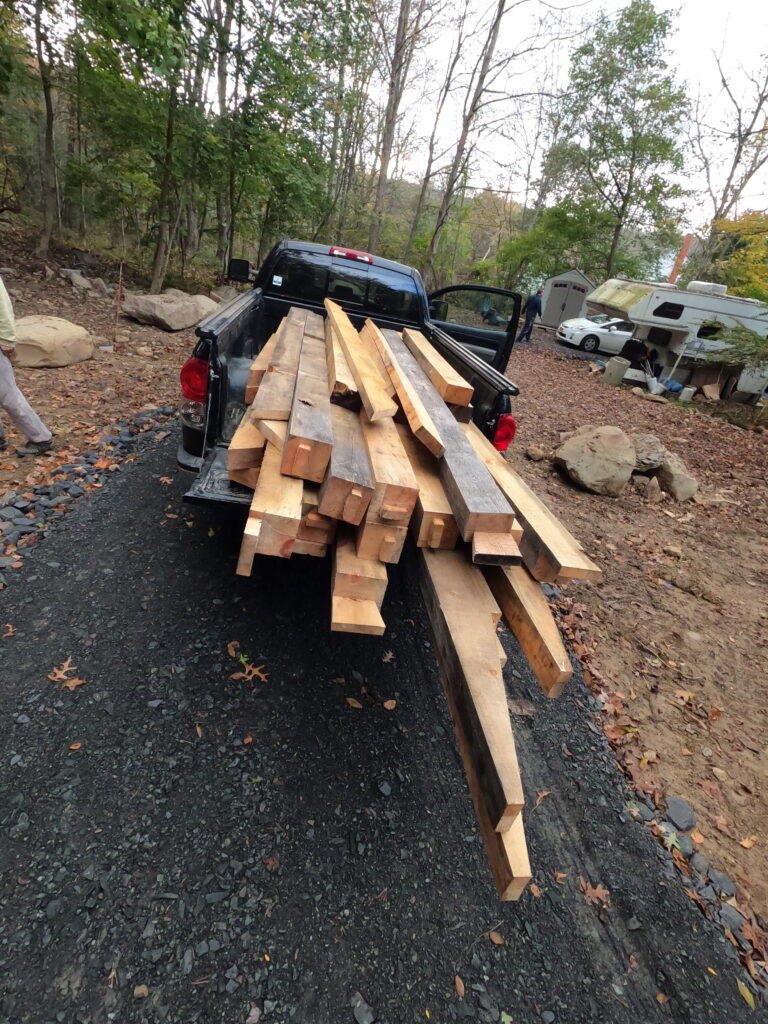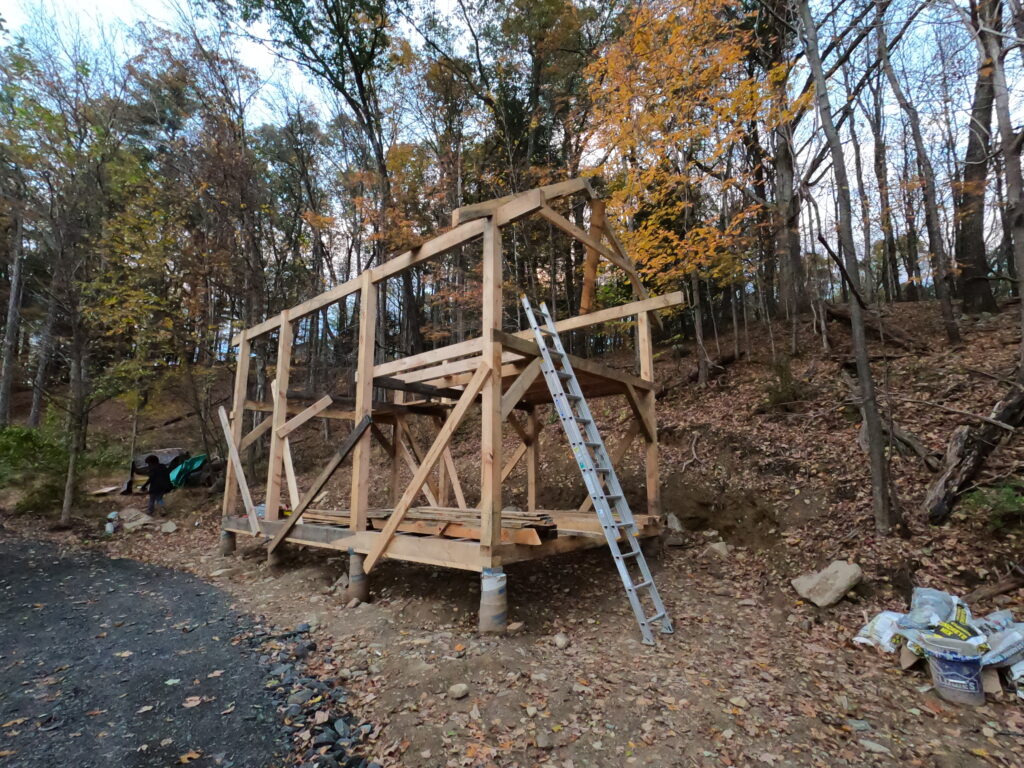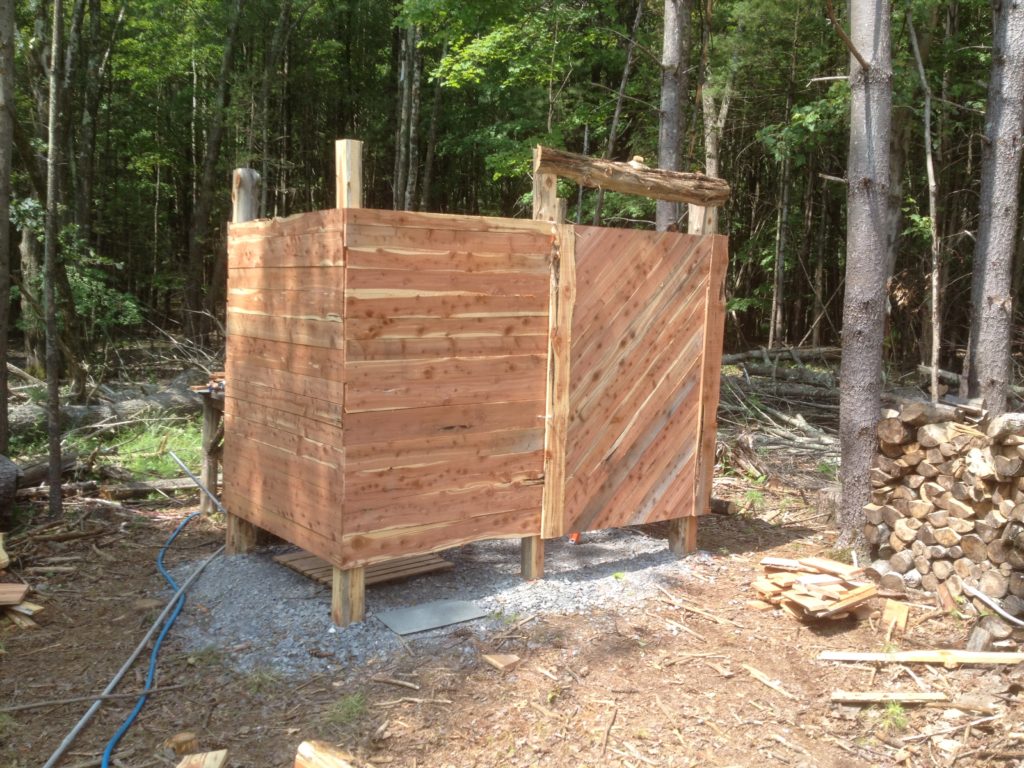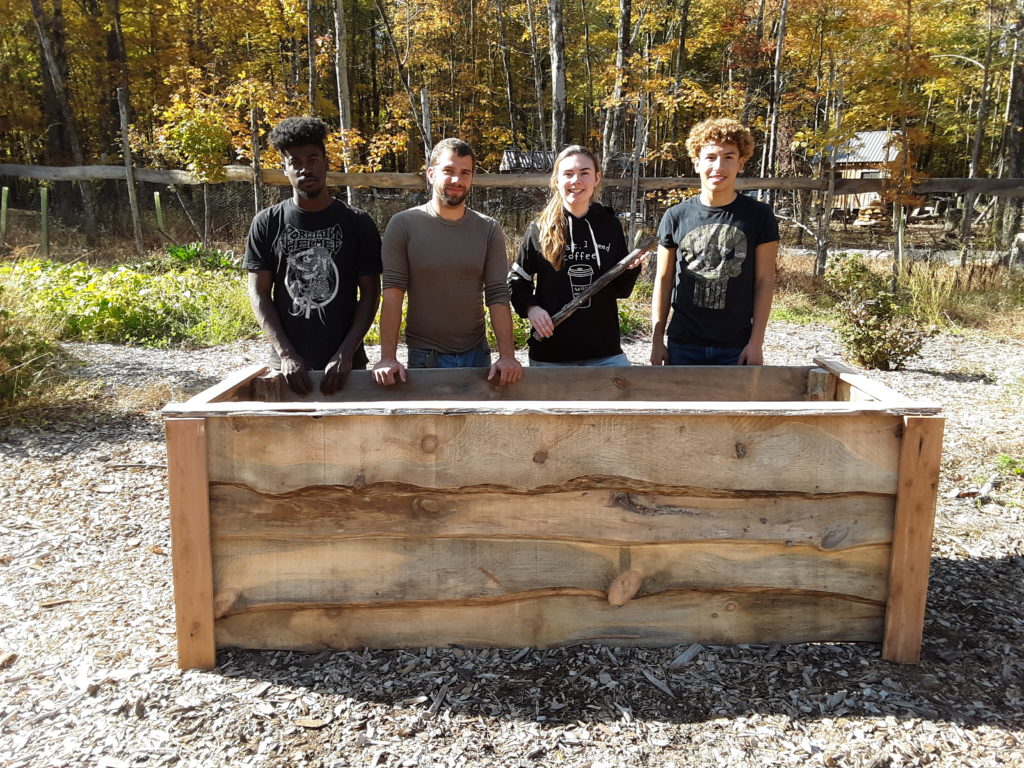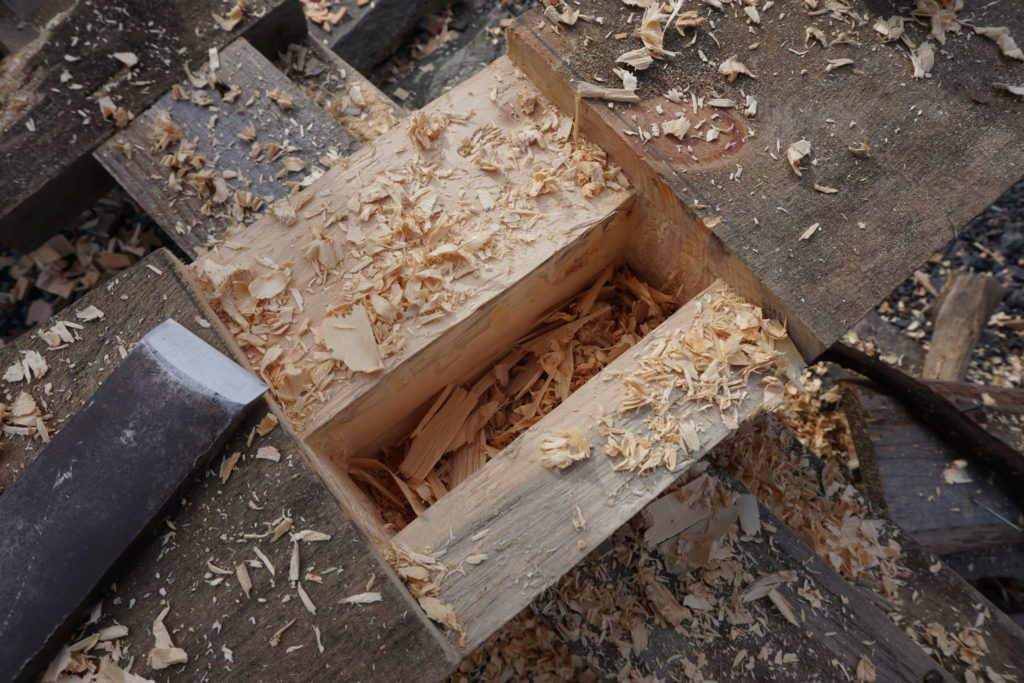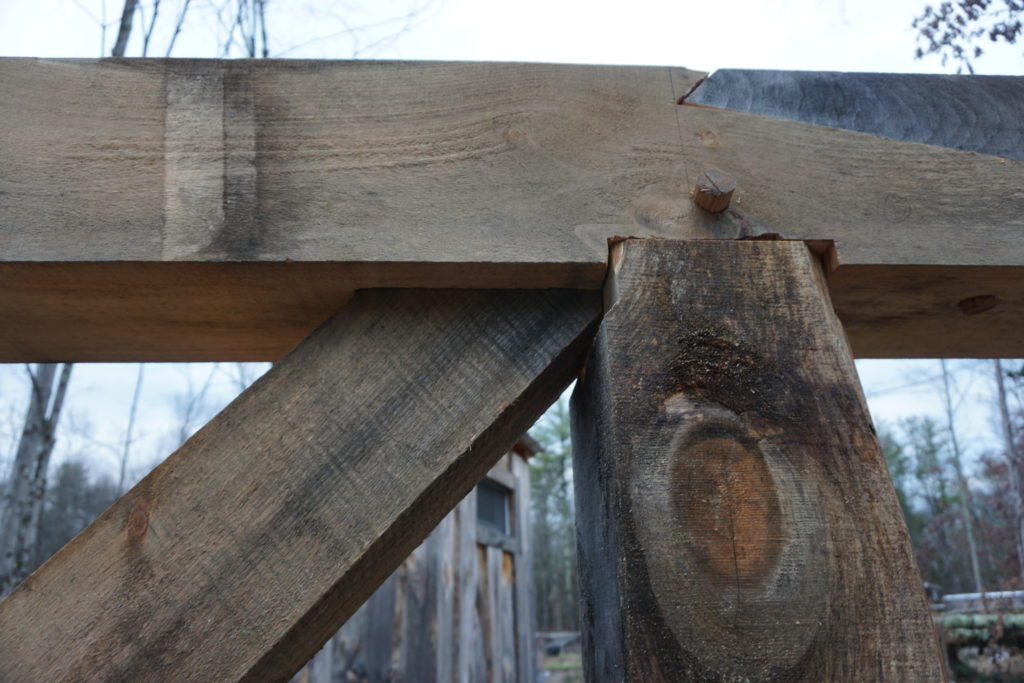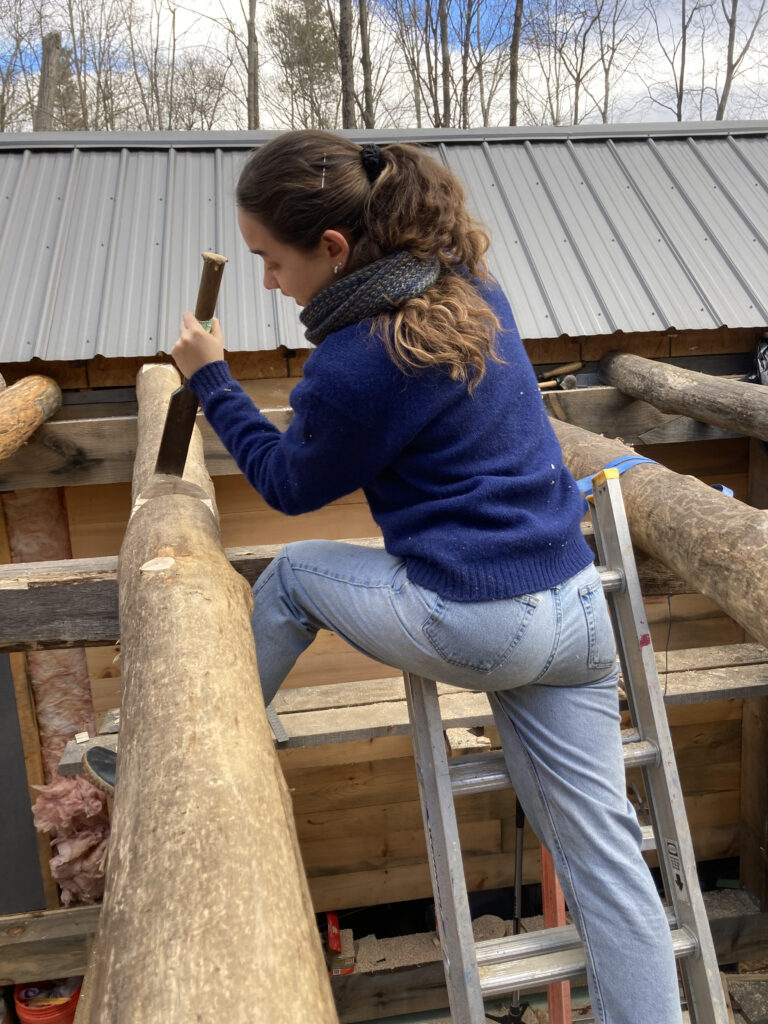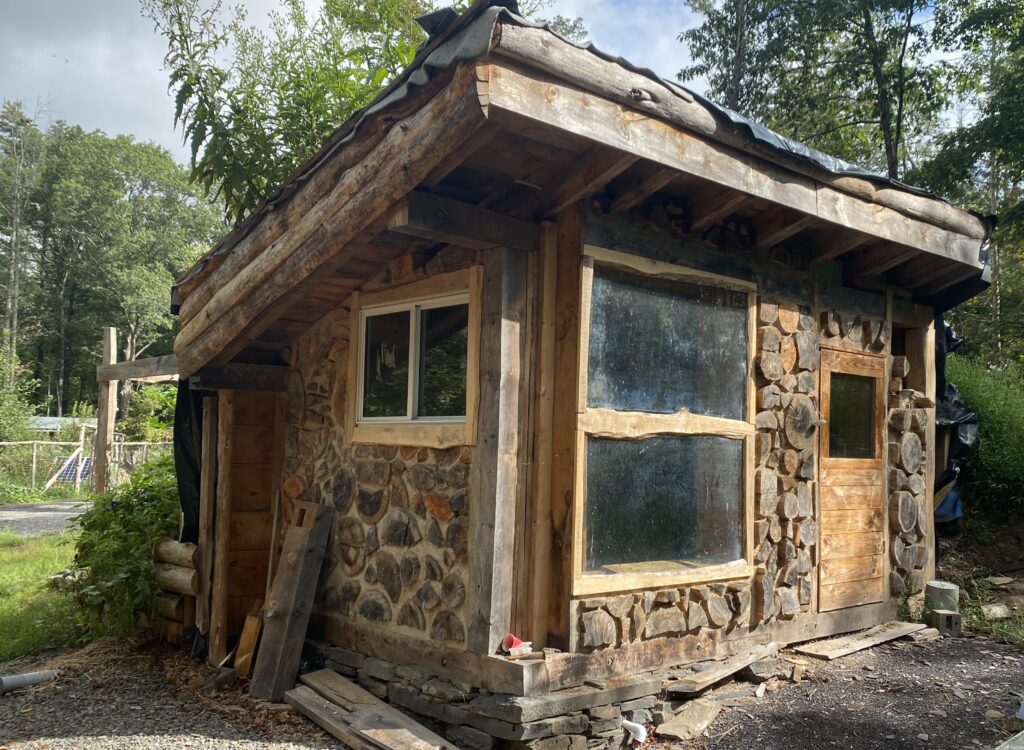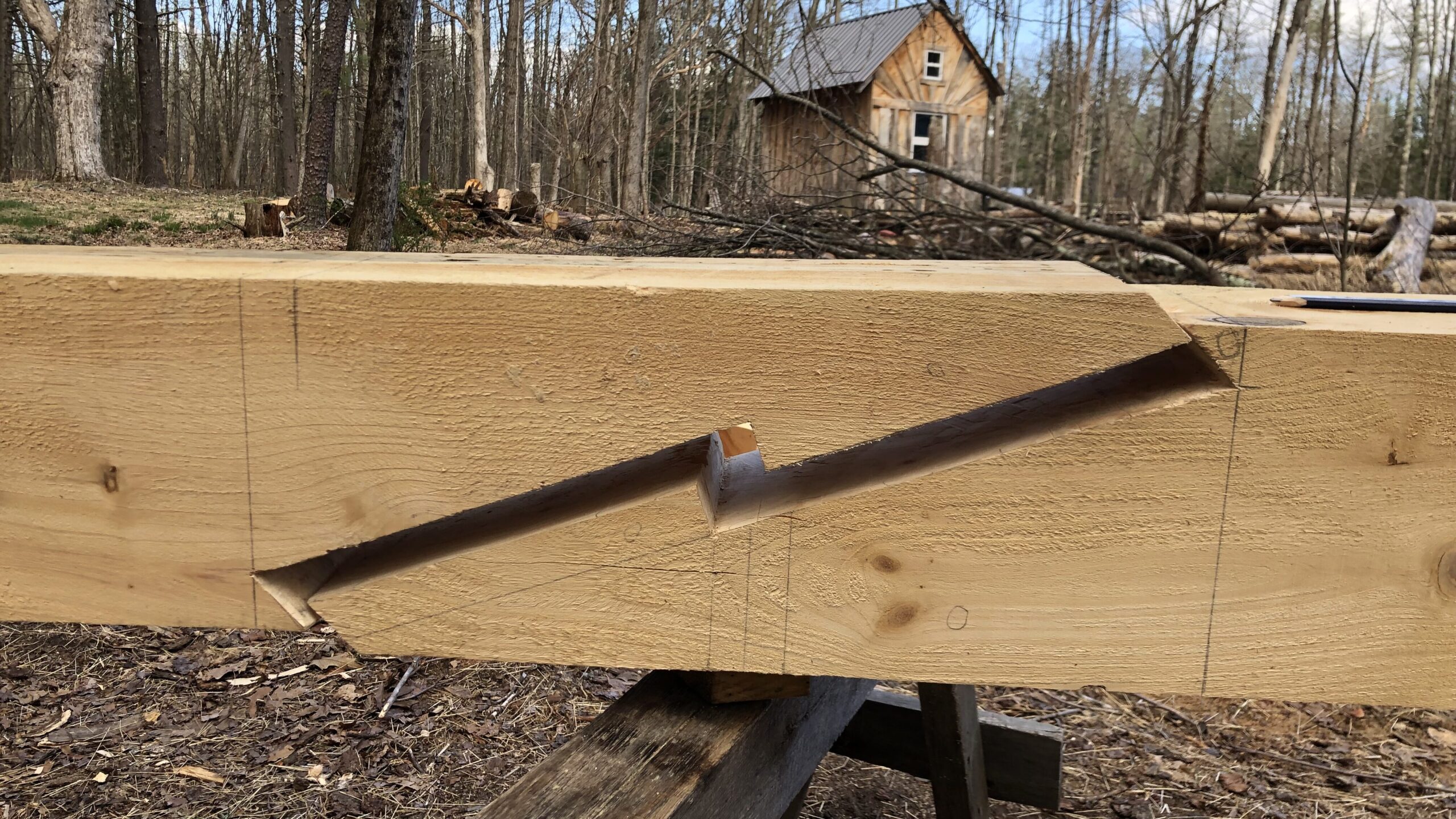
Our community is facing a major housing crisis.
Gentrification is a major contributor to this crisis. Gentrification refers to the rapid development of an area due to an influx of rich people, which usually leads to the displacement of the people who already live in that area. This process of development leads to steep increases in the price of land, housing, land taxes and the overall cost of living. Since the pandemic, this region has seen a 70% increase in land prices, which has put prices well out of range for the average median income in the area. This means that the people who work here can’t afford to live here.
Another contributor is the proliferation of short-term rentals, like Airbnb. Landowners recognize that they can make significantly higher income through short-term rentals than long-term rentals, so they further reduce the housing stock by converting rental properties to vacation homes. Some landowners even evict current tenants to hasten this process.
Additionally, much of the current housing stock needs major renovations. Whether they are old or new, very few homes in the area are energy efficient and resilient to storms. Modern construction techniques mean that any new development that occurs will lead to large amounts of environmental destruction through deforestation, draining of wetlands and redirection of water ways, pollution of the land with toxic building materials, and harmful extraction of building materials more generally.
How can Saugerties grow gracefully?
To address the housing crisis, our community needs to pursue alternative development plans that prioritize the well-being of the community and the land. At The Underground Center, we are modelling what this can look like. Over the last decade, we have built over a dozen prototypes of naturally built houses and off-grid infrastructure for meeting our community’s needs. Like all of our programs at the UGC, we offer experiential education that allows community members of all ages to learn sustainable building skills for free while helping build real infrastructure that is useful to the community.
Our building initiative has four key values:
- Sustainable sourcing of materials
- Resiliency and energy efficiency in design
- Lowering cost
- Land sharing and eco-developments
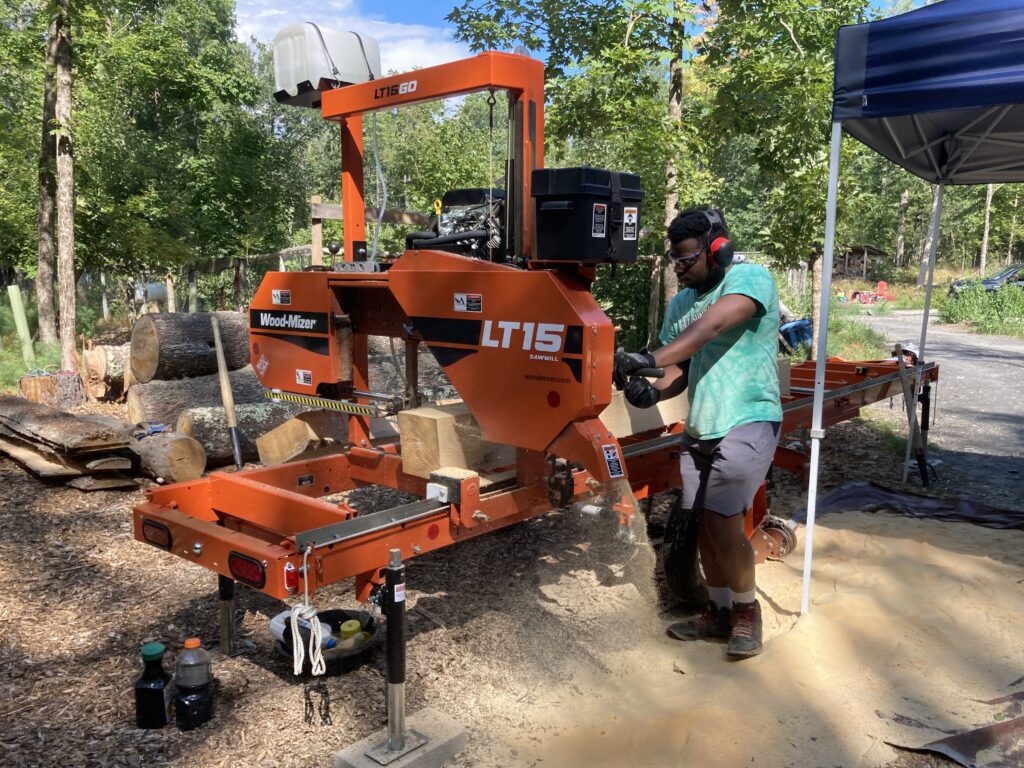
We practice sustainable sourcing of building materials. By collecting materials from the wasteful local construction industry, we can reuse materials in great condition that are otherwise destined for the dump. Another priority of our building practice is to build with natural materials. We obtain logs for milling lumber through partnerships with local tree companies (who would otherwise dispose of these logs), and from trees sustainably harvested at Shagbark Farm and around our community. As much as possible, we try to limit the usage of materials that are toxic or extracted in exploitive ways. For example, we replace toxic insulation with natural alternatives like straw, cob, and sawdust. The use of natural building materials prevents the creation of toxic waste at the end of the structure’s life and keeps the residents safe from toxic off-gassing.
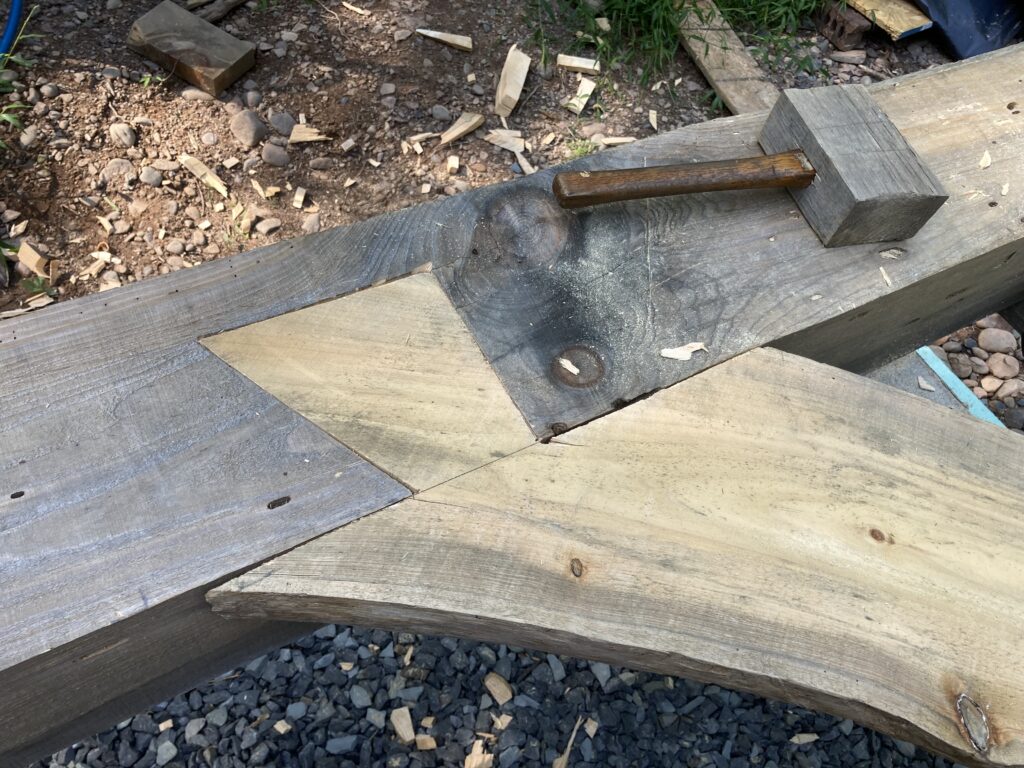
Another priority of our building initiatives is building structures that are strong, resilient and energy efficient. Techniques like timber framing, building with stone foundations, natural wood preservation and more make our structures long-lasting and able to withstand strong storms. Our structures are built to be energy and resource efficient. The buildings are off-grid, which means that they do not depend on large scale utility systems like municipal water lines or the electrical grid. When those systems go down, the home still functions normally. We equip our structures with solar electric, gravity-fed rain catches, wood stoves and rocket mass heaters, and compost toilets. We are also researching off-grid appliances like bicycle-powered laundry machines, solar cookers, methane digesters, and more. This way, we can still have access to modern conveniences minus the harm that comes with them!
We also make sure to shrink or eliminate cost to make our buildings affordable. Building small and using natural and reclaimed materials are some of the most effective ways to lower the cost of a building project. Another way to reduce the cost is to build it yourself and cooperate! The UGC teaches natural building skills for free and organizes people who are interested in sharing their skills and resources to meet our community’s housing needs. By thinking about quality and longevity in the building design and also the wellbeing of the builder and the person living in the home, we can change the profit motive (which primarily benefits the investor) in housing construction.
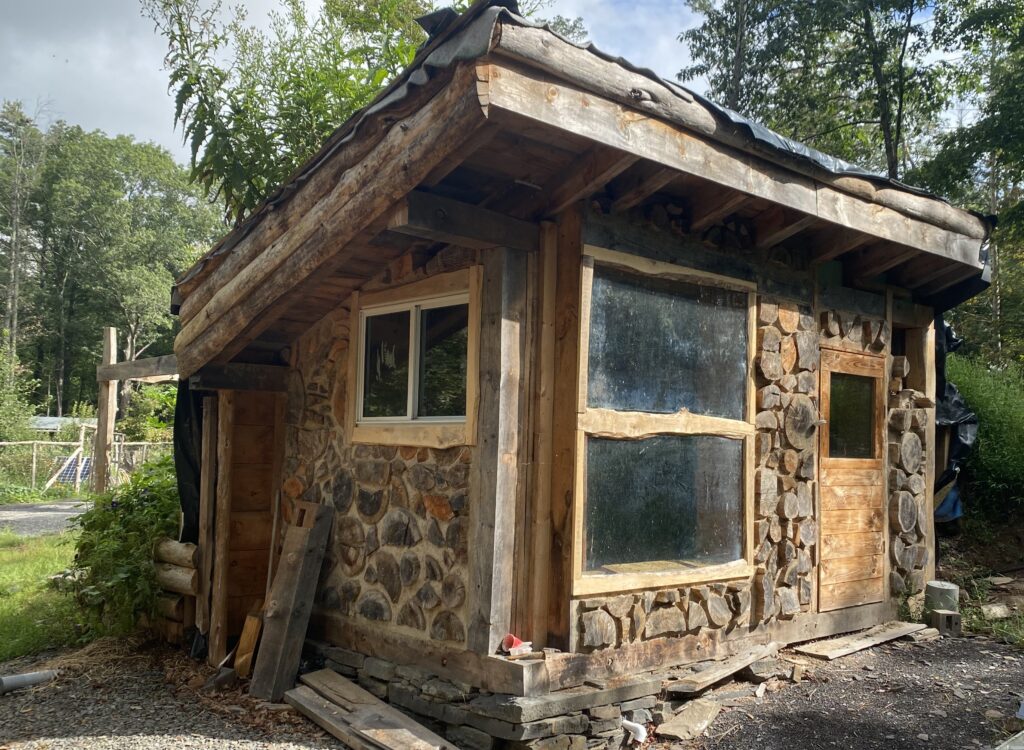
We are exploring alternative approaches to land sharing to deal with the skyrocketing land prices in our region. Land sharing is not a new concept in the Saugerties/Woodstock area. People are already practicing alternative ways of cohabitating on the land. These mutually beneficial arrangements prioritize relationships over financial transactions. (For example, an elderly person can rent out a rustic cabin on their property at a low price to someone who can help them age in place.) Countless other examples exist. We hope to build on this eclectic tradition to create more structured and secure ways to share land. We believe building on this culture and strengthening it is a way to combat the urge to commodify every space available for passive income. Aside from the obvious benefit to renters, this culture is more environmentally friendly than clearing new plots of land as new homes can be built on already cleared land.
At our demonstration site, we are modelling what a responsible “eco-development” can look like in a rural setting. Instead of clearing forest and farmland for suburban and urban development, we believe that communities can develop around infrastructure to meet needs without more environmental destruction needing to take place. This includes regenerative farms, managed forests, schools, hospitals, rural biking and walking lanes, music venues, elderly care centers and truly sustainable industry. This is a much better way to create a robust, resilient and enjoyable community.
Education
The Underground Center takes a “learn by doing” approach to building. Our demonstration site is a place to workshop and perfect building techniques appropriate for our local region. We consider every aspect of construction from the extraction of material all the way to the end of the building’s life cycle. In this way, we can see how these structures fare in real conditions. With over a decade of experimentation, we have generated data to pioneer a more rational and just approach to housing in our community. The techniques and body of knowledge we develop at our center can be used to catalyze grassroots organizations that can fill gaps left by local governments and businesses in creating sustainable and just infrastructure.
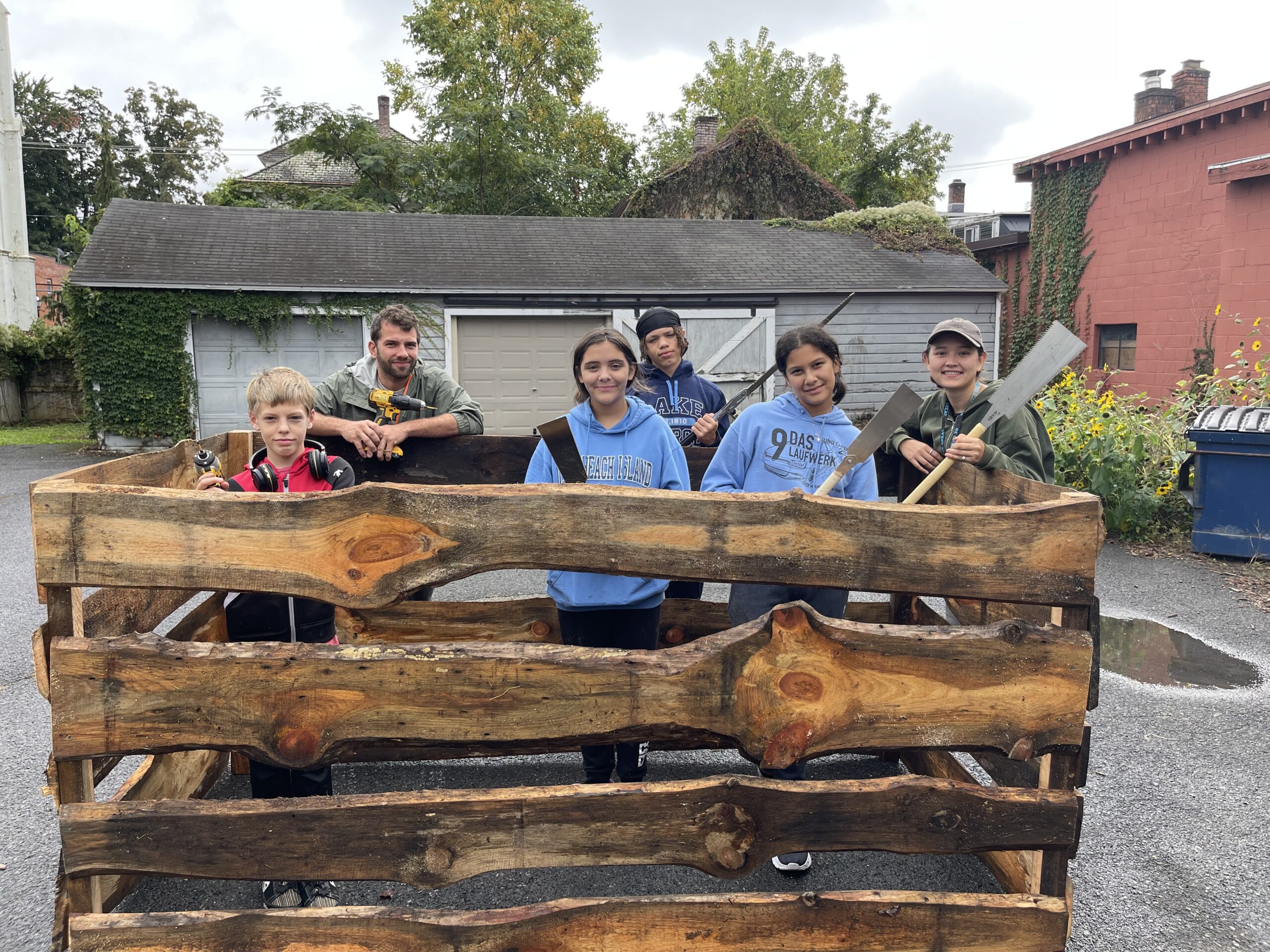
Another important aspect of the work is giving people who are usually left out of the sustainable building industry a chance to learn. Many of the techniques we teach are considered highly specialized and only employed in projects for the most high-paying clients. By teaching these skills to marginalized community members, we can increase access to the specialized field of natural building. More importantly, we can change the culture around building all together.
Apprenticeships and Workshops
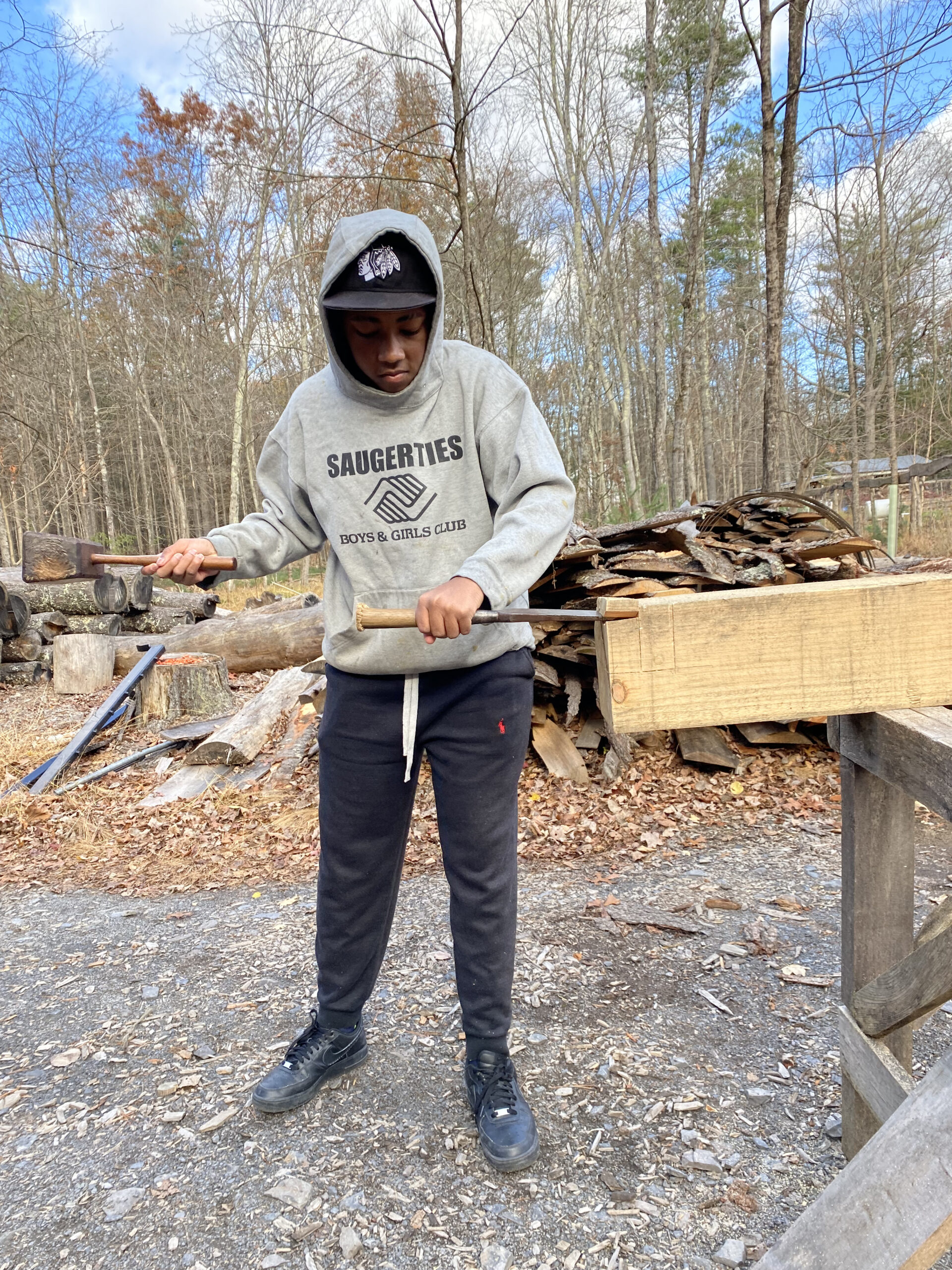
Throughout the year, we run apprenticeships with the local Boys & Girls club. The goal of this program is to give teens hands-on experience with building. As they get older, these building skills can help them make a living in this specialized field. This apprenticeship also helps them develop imagination with alternative building, land sharing and housing possibilities. By seeing how beautiful and comfortable it is at our demonstration site, these young people can see a path to home ownership that doesn’t depend on decades long mortgages or lifelong expensive rental arrangements. These apprenticeships focus on every aspect of construction including harvesting building materials from sustainably managed wood lots, creating off-grid infrastructure like rain catches and solar electric systems, rough framing and fine carpentry, and more.
We also offer free hands-on workshops to focus on specific aspects of our building techniques. In addition to getting detailed instruction and experience, participants learn about our philosophy of building and get a chance to practice living off grid. By teaching for free and focusing on projects that benefit the community instead of increasing wealthy people’s capital, we demonstrate what is possible through collaboration: collaboration with each other and collaboration with the land. Through school visits, community events and online publications, we share what we learn through our work to continually improve the local housing culture. We hope that our students can become leaders in the field by developing community infrastructure and role modeling our building methods and ethics.
Future Of Housing In Saugerties
Over the next few years, we plan on applying what we’ve learned from our community prototypes and demonstration site to build more collective infrastructure in our community and influence the development agenda in the region. From our series of workshops, we will lay the foundation for a building collective to demonstrate our affordable and resilient building techniques as well as our cooperative economic model. In this way we can build small, high-quality homes cheaper than the folks currently working in the field. Focusing on creating stable housing for local people instead of passive income for wealthy transplants is a sharp transition from the current culture of “tiny homes” or “modern shacks.” Luckily, there is a slow growing trend pioneered by local nonprofits and housing justice advocates to share land through the construction of Accessory Dwelling units (ADU’s). Our cost-saving and ecologically minded construction techniques will compliment this new county approach.
In the future, we hope to apply these ideas in more ambitious ways, turning toward community-wide land development and stewardship. Merging what we’ve learned about collectively managed food, forest, transportation and other community infrastructure with our housing models, we hope to pioneer eco-developments that provide secure affordable housing embedded in a resilient community. In the face of climate change and its social disruptions, we hope to structure our communities to meet our needs sustainably. We imagine a future for Saugerties where people are drawn to our community because of our protected natural landscapes, our thriving nourishing economy, opportunities for employment in regenerative agriculture and sustainable infrastructure, our beautiful walkable rural neighborhoods, and a vibrant cultural art scene.
Photos of Our Work
